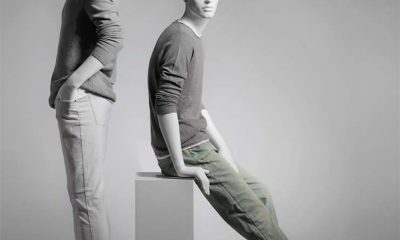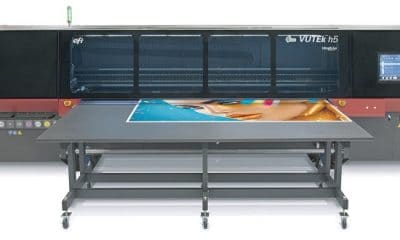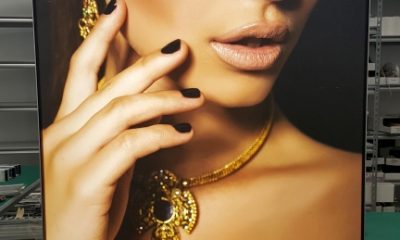I had the chance to attend SEGD’s (Society for Experiential Graphic Designs) Experience Design Summit this past June in Austin, Texas, which brings together designers connecting people and places. As I experienced at the International Retail Design Conference (IRDC) in 2015, this city provides a vibrant backdrop to talk about design and what influences designers – from its music to the landscape to the creative cliques that make up the community.
The so-called EGD (environmental graphic design) community always has public space at the forefront of topics and conversations. Every time I attend an SEGD chapter event or this conference, I walk away inspired by just how important “environmental” graphic design is when it comes to making our spaces tell immersive stories.
Readers of this column know how much I’ve written about digital signage and other techie topics, but after this event, I have a whole new appreciation for this mostly static discipline, often adding the visual spark that locks a particular place into our minds and hearts. I’ve thought a lot about what makes a store represent the future – like an Amazon Go locale. Its materials certainly drive the experience, and yes, the integrated technology as well, but often it’s the graphics that really pack the punch.
It’s easy to miss just how important branded graphics are to a retail space, helping to create a memorable visual engagement, and, dare I say, serving as a source for inspiration. After all, seeing people engage with a concept you’ve imagined is one of the most powerful things we can do as professionals.
Paula Scher, Principal of famed design studio Pentagram, kicked off the conference with a compelling keynote titled, “How to Succeed at Designing While Being Totally Unqualified for the Job.” I was in awe as she shared story after story about iconic brand identities she’d crafted in her storied career. (If you haven’t watched the episode focusing on her from Netflix’s “Abstract,” grab a glass of wine and enjoy this awesome journey.)
Another speaker, Lisa Woods, shared her experiences in creating the Hopscotch Immersive Art Gallery, which I quickly recognized as being a “Next Store” idea. Upon further reflection, this project reminded me that these types of collective experiences, while not new, are becoming a fresh category of retail that’s filling in center space and drawing crowds from Santa Fe to Miami.
Hopscotch featured 13 immersive Austin artists in 10,000 square feet of space. Each artist had approximately 800 square feet (think shop-in-shop) to feature their work in the gallery. Experiences ranged from controlling the clouds and weather via balloons to painting with light. The exhibition moves to San Antonio into a permanent space later this year and will continue fostering cutting-edge uses of graphics and immersive tech to create spaces that today’s consumers are drawn to.
And speaking of spaces customers are drawn to, here are some other notable examples of collective experiences that use eye-grabbing graphics and are worth checking out:
Artechhouse opened in Washington, D.C., in 2017, and moved to Miami Beach. After Florida, it will move to New York. Sitting at the crossroads of art, science and technology, the effort showcases digital artists from around the world and serves as an incubator for emerging artists. My favorite, an immersive food and art experience called “Bloom,” was designed to “add visual and sonic artistry to D.C.’s food scene. Founder Sandro Kereselidze reportedly once said, “People don’t want to be passive viewers anymore.” This is a powerful statement that should resonate with the store design and visual merchandising community taking note of such spaces.
29 Rooms is the brainchild of Refinery 29, a digital media company focused on the interests of young women, and offers visitors a combination of workshops, performances and multisensory experiences. I love the way this concept brings the customer to center stage, encouraging them to showcase their creativity by interacting with each of the sets. Whether taking a selfie with an oversized typewriter or walking into a painting, the attendee becomes the creator of the moment on their terms. The New York Times called 29 Rooms “a creative playhouse for the Instagram set,” and the space has reportedly drawn more than 100,000 visitors. It’s coming soon to New York and Los Angeles, but in the meantime visit locations in Chicago, Dallas, Atlanta, Toronto and Washington, D.C.
Wonderspaces is another powerhouse among these new creative activations meant to provide a temporary venue that moves after three months. The mantra, “art can bring people together,” is the central theme that drives the built environment. Wonderspaces will open its next exhibit in San Diego titled, “In Common,” which questions how we are shaped by our experiences, environments and relationships.
Explore these projects and you’ll see how environmental graphics and artistry have combined to bring about built spaces that are delighting consumers of all kinds. Take note and draw from each visual memory, and most important: enjoy, play and learn.
Brian is a partner at the digital agency REX (Beverly Hills, Calif.) and CorbisGlobal (Manhattan Beach, Calif.). Follow him on Twitter @briandyches.
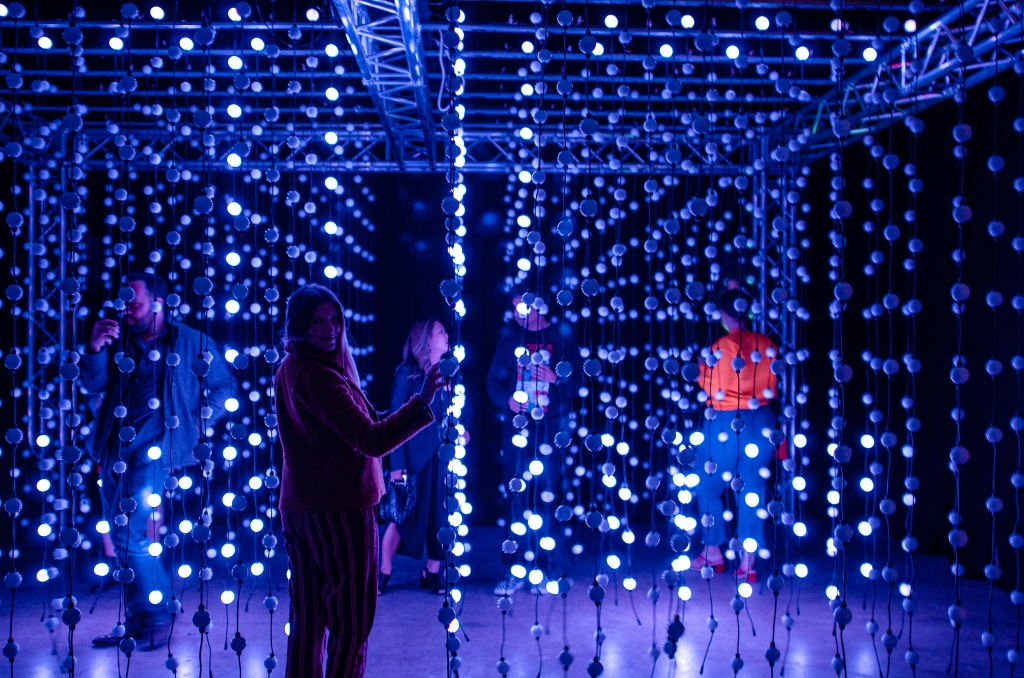

 Photo Gallery7 days ago
Photo Gallery7 days ago
 Headlines2 weeks ago
Headlines2 weeks ago
 Headlines6 days ago
Headlines6 days ago
 Headlines1 week ago
Headlines1 week ago
 Headlines2 weeks ago
Headlines2 weeks ago
 Headlines1 week ago
Headlines1 week ago
 Designer Dozen2 weeks ago
Designer Dozen2 weeks ago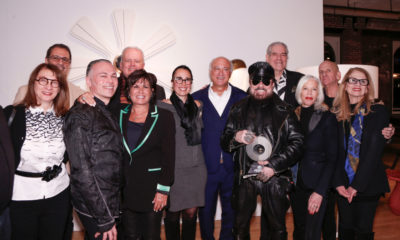
 Special Reports2 weeks ago
Special Reports2 weeks ago

